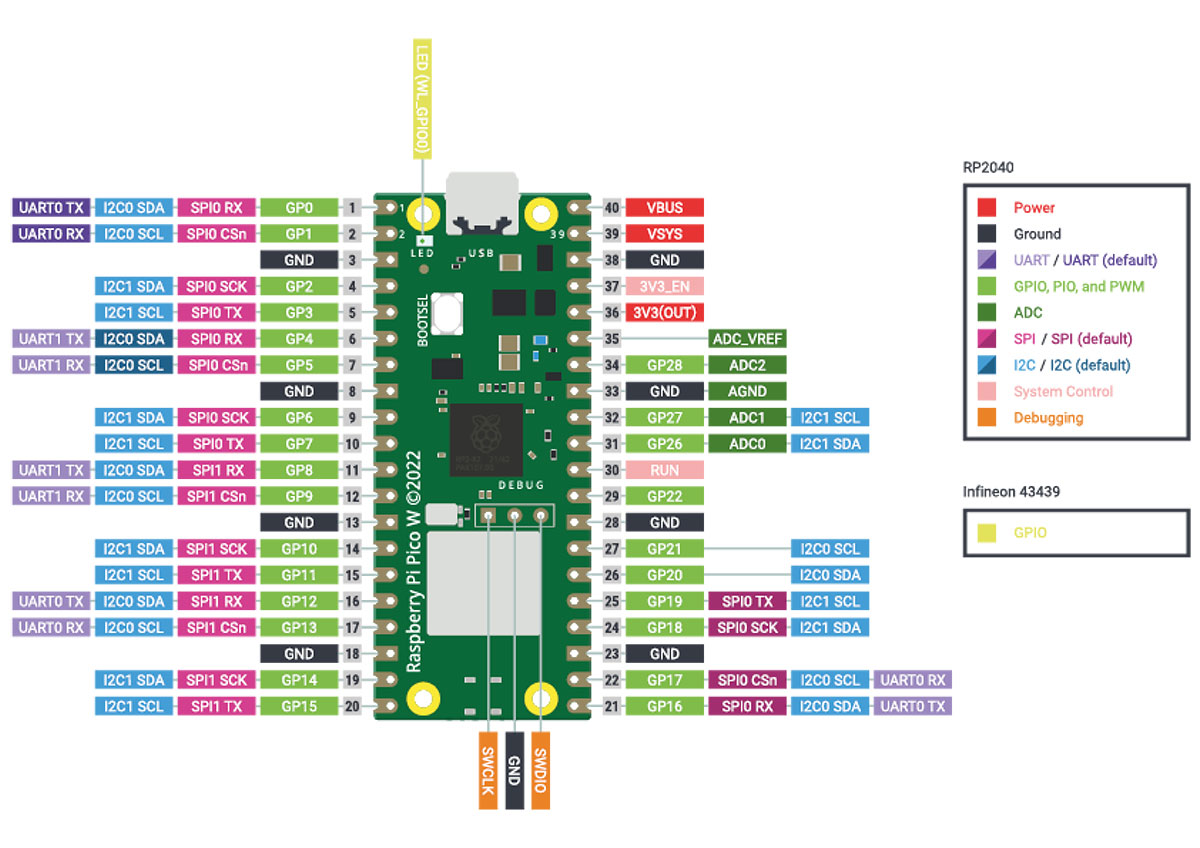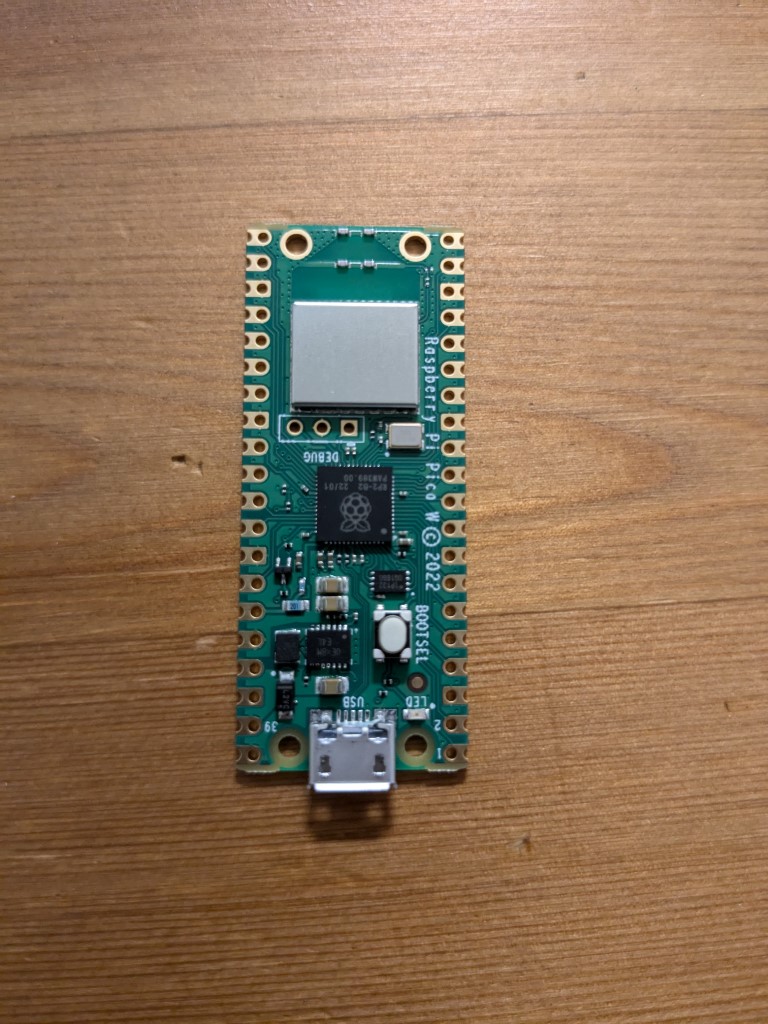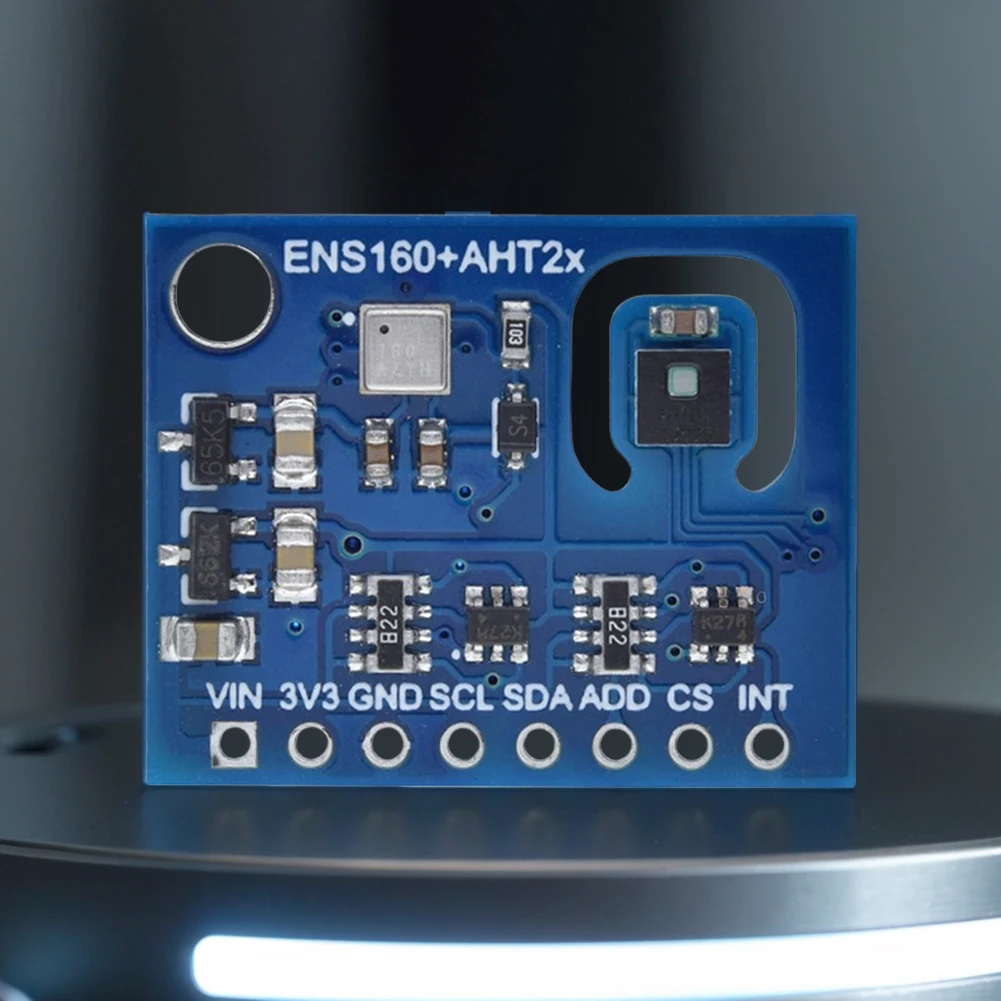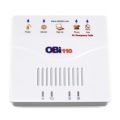Almost two weeks ago, I made two orders on Aliexpress. The stuff I need to make my own AQI device. Two parts as below:
Raspberry Pi Pico W
Raspberry Pi Pico W is a low-cost, high-performance microcontroller board with flexible digital interfaces. Key features include:
- RP2040 microcontroller chip designed by Raspberry Pi in the United Kingdom
- Dual-core Arm Cortex M0+ processor, flexible clock running up to 133 MHz
- 264kB of SRAM, and 2MB of on-board flash memory
- USB 1.1 with device and host support
- Low-power sleep and dormant modes
- Drag-and-drop programming using mass storage over USB
- 26 × multi-function GPIO pins
- 2 × SPI, 2 × I2C, 2 × UART, 3 × 12-bit ADC, 16 × controllable PWM channels
- Accurate clock and timer on-chip
- Temperature sensor
- Accelerated floating-point libraries on-chip
- 8 × Programmable I/O (PIO) state machines for custom peripheral support
- Wireless (802.11n), single-band (2.4 GHz)
- WPA3
- Soft access point supporting up to four clients
Look at the pinout of it.
ENS160+AHT21 Temperature / Humidity Sensor Air Quality Temp Humidity Sensor Module I2C & SPI interface Sensor for Arduino
ENS160 is a digital multi-gas sensor designed specifically for indoor air quality monitoring. It can optimally detect a variety of gases and volatile organic compounds (VOCs), including toluene, hydrogen, ethanol, NO2 and ozone, air quality sensor for home and building automation, consumer products, appliances and air purification
AHT21, a new generation of temperature and humidity sensors set new standards in size and intelligence:
It is embedded with a dual-row flat leadless SMD package suitable for reflow soldering, with a bottom surface of 3X3MM and a height of 0.8MM. The sensor outputs a calibrated digital signal in standard I2C format.
AHT21 is equipped with a newly designed ASIC dedicated chip, an improved semiconductor capacitive humidity sensor element and a standard on-chip temperature sensor element.
Its performance has been greatly improved and even exceeds the reliability level of the previous generation of sensors. The new generation of temperature and humidity sensors has been improved to make its performance more stable in harsh environments.
Mainly used in HVAC, dehumidifiers, test and inspection equipment, consumer products, automobiles, automatic control, data loggers, weather stations, home appliances, humidity control, medical and other related temperature and humidity detection and control.
ENS160
1. Detection gas: multiple gases and volatile organic compounds (VoCs) for optimal detection, including toluene, hydrogen, ethanol, NO2 and ozone
2. Detection range: with four MOX sensor elements
3. Warm-up time: 5~60 minutes
4. Output: multiple IAQ outputs (TVOC, eCO2, AQI)
5. Interface: I2C and SPI interface
6. Humidity: 5~95%
7. Temperature: -40~+85℃
8. Preheating: <1 minute warm-up
9. Startup: <1 hour start-up
10. Working environment: -40~+85℃/5~95%rH
11. Voltage: VDD1.71~1.98V/vDD101.71~ 3.6V
12. Range: 0~65535ppb
AHT21
1. Supply voltage: 2.0~5.5VDC
2. Measuring range:
Temperature: -40~+120℃
Humidity: 0~100%RH
3. Accuracy (typical value):
Temperature: ±0.3°℃
Humidity: ±2%RH(25℃)
4. Resolution:
Temperature: 0.01℃
Humidity: 0.024%RH
5. Output signal: I2C signal
Total: US$5.62
I may get it this weekend.
I saw the AQI device project on YouTube. And I found it on the Github.
https://github.com/TimHanewich/Air-Quality-IoT?tab=readme-ov-file
I want to make it an AQI device with the following functions:
- CO2
- TOVC
- AQI
- Temperature
- Humidity








